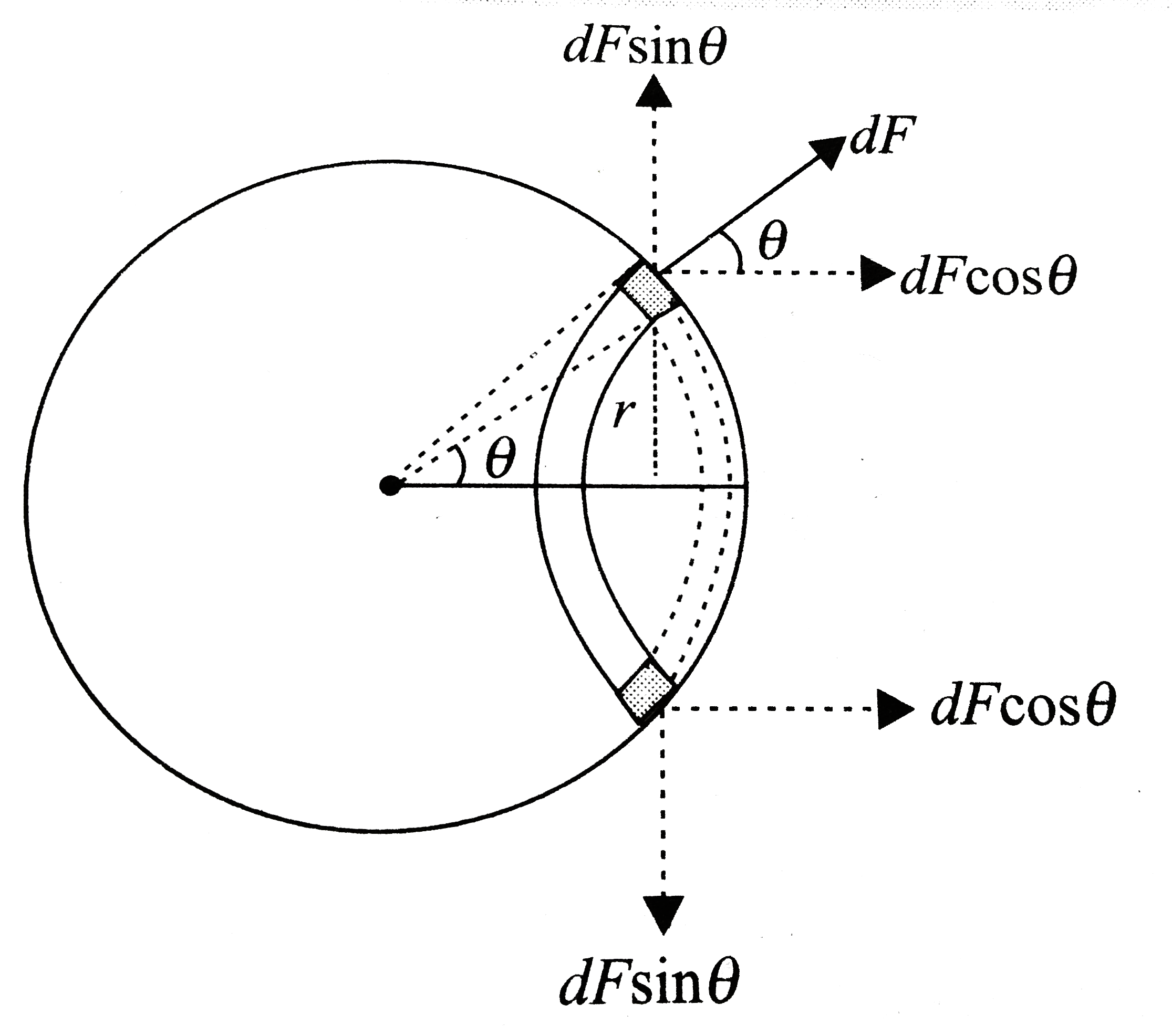A charged spherical conductor of radius a and charge q is, surrounded by another charged concentric sphere of radius b(b>a). The potential differece between conductors is V. When, the spherical conductor of radius b is discharged completely, then the potential difference between conductor will be
V
Vab
q14πε0a−q24πε0b
None of the above
The correct Answer is:a
Since, potential difference between spheres depends upon electric field present in the space between spheres, the electric field in the space between spheres due to outer sphere is zero.
So, potential difference between spheres does not depend upon the charge on outer sphere.
Topper's Solved these Questions
- BOOK - A2ZCHAPTER - MOCK TESTEXERCISE - Mock Test 245videos
MOCK TEST
- BOOK - A2ZCHAPTER - MOCK TESTEXERCISE - Mock Test 344videos
MOCK TEST
- BOOK - A2ZCHAPTER - MAGNETISM AND MATTEREXERCISE - Section D - Chapter End Test30videos
MAGNETISM AND MATTER
- BOOK - A2ZCHAPTER - NUCLEAR PHYSICSEXERCISE - Section D - Chapter End Test29videos
NUCLEAR PHYSICS
Similar Questions
A metal sphere with a charge Q is surrounded by an uncharged concentric thin spherical shell. The potential difference between them is V. If the shell is now given an additional charge Q, what is the new potential difference between them?
View SolutionCan there be a potential difference between two adjacent conductors carrying the same charge ?
View Solution
Knowledge Check
- Question 1 - Select One
A spherical conductor having charge q and radius r is placed at the centre of a spherical shell of radius R and having charge Q (R > r). The potential difference between the two is
Aproportional to QBProportional to qCDependent on both Q and qDindependent of both Q and q - Question 2 - Select One
A spherical conductor having charge q and radius r is placed at the centre of a spherical shell of radius R and having charge Q(R>r0. The potential difference between the two is
AProportional to QBProportional to qCDependent on both Q and qDIndependent of both Q and q - Question 3 - Select One
What is the capacitance of a spherical conductor with radius 1 m?
A10−6FB10−3FC1.1×10−10FD9×10−9F
Can there be a potential difference between two adjacent conductors carrying the same charge ?
View SolutionFind the electrostatic force of interaction between two halves of a spherical conductor of radius R carrying a charge Q.
 View Solution
View SolutionCapacitance (in F) of a spherical conductor with radius 1m is
View SolutionMetallic sphere of radius R is charged to potential V. Then charge q is proportional to
View SolutionA spherical conductor A having charge Q lies inside a hollow spherical conductor B. (Choose incorrect option)
View Solution

